
Why Is Local Horse Festival worth the Visit in Mongolia?
Mongolia is the top-ranked country for the highest number of horses per capita. There are about 58 million horses in the world in 2017 and Mongolia is the sixth place in the world with about 2.9 million horses.
According to the sources, The Mongolian horse is considered as the oldest true breed of horse and their bloodlines are ancient that has been a foundation influence on many of the breeds throughout Asia & Europe. Mongolia had almost 10.000 years of history with horse and only 100 years of history with the vehicle.
This is a true example of why Mongolia is not Mongolia without a horse. This is also another reason that Mongolia is well-known as Land of Horses.
Now, we want to share breathtaking and powerful photos of our most recent traveled local horse festival in Khashaat soum, Arkhangai province and let you know about why it is worth to visit local festivals during your travel in Mongolia.
Orkhon Valley Horse Festival in Central Mongolia
Annual Orkhon Valley Horse festival is organized by Tsaidam Camp of Gerelt-Erdem LLC was successfully held on 7th of August, 2018, Tsaidam bag, Khashaat soum, Arkhangai province. Totally 15 best horsemen from Tsaidam Bag, Jargalant Bag, Tsagaan Khad Bag, and Nomgon Bag had challenged in their skills and awesome works with their horses.
Due to its location in Orkhon Cultural Valley, listed on UNESCO world heritage site, the festival is unique and every single moment of the festival was totally breathtaking.
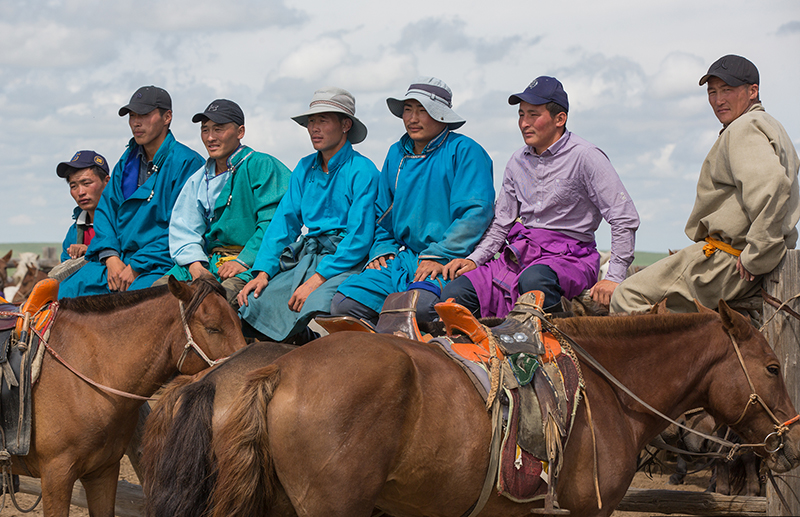
Mongolian horses are not fed by grain or hay and they are simply allowed to graze freely on the steppe, digging through the snow to find forage in the winter. Compared to the Western horses, Mongolian horse is nearly semi-wild.
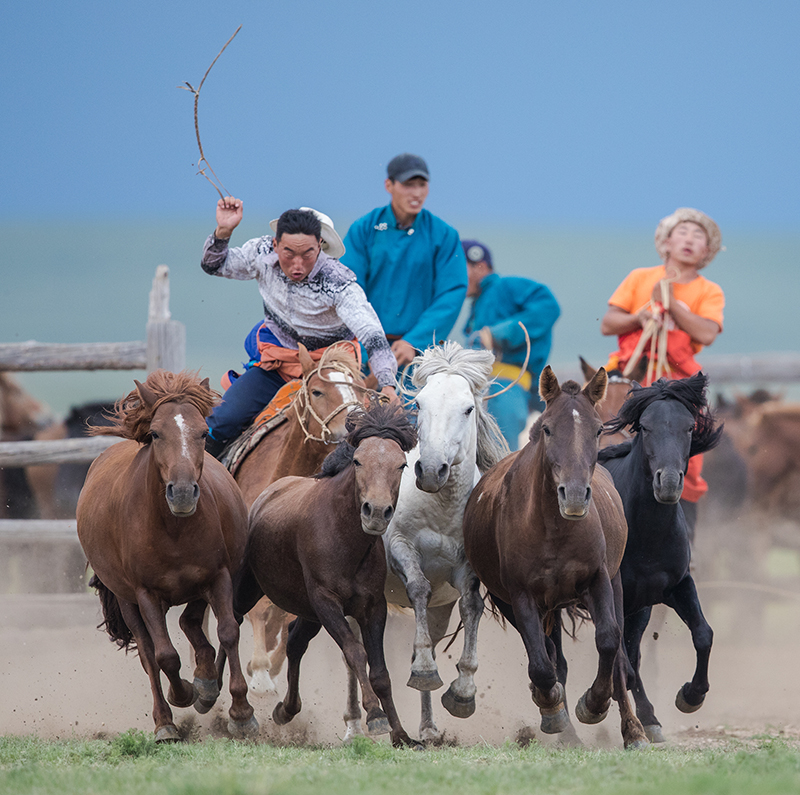
Three main horse competitions as lassoing horse, grabbing a lasso pole from land while riding horse and horse bucking attracted the festival viewers’ eyes.
You can eyewitness many different horse festivals and events regardless of when and where you are traveling in Mongolia
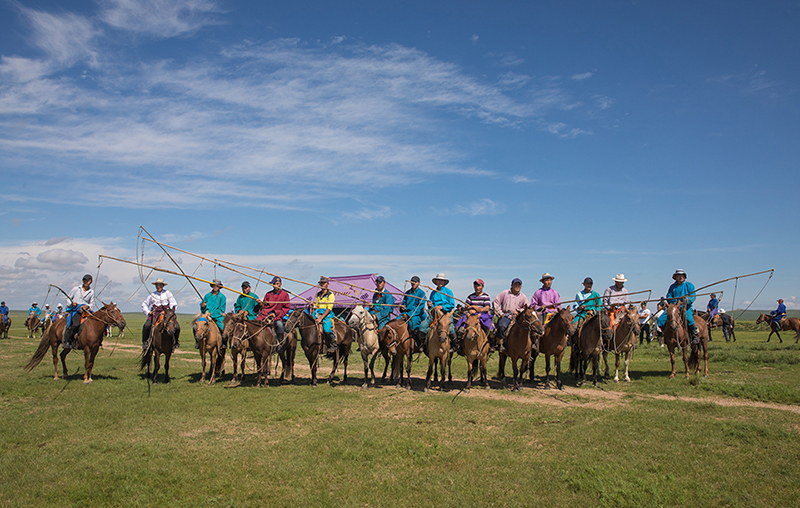
Orkhon Valley Horse festival participants include total 15 young and talented horsemen which 8 horsemen from Tsaidam Bag, 1 horseman from Bayan Bag, 2 horsemen from Jargalant Bag,2 horsemen from Tsagaan Khad Bag and 2 horsemen from Nomgon Bag.
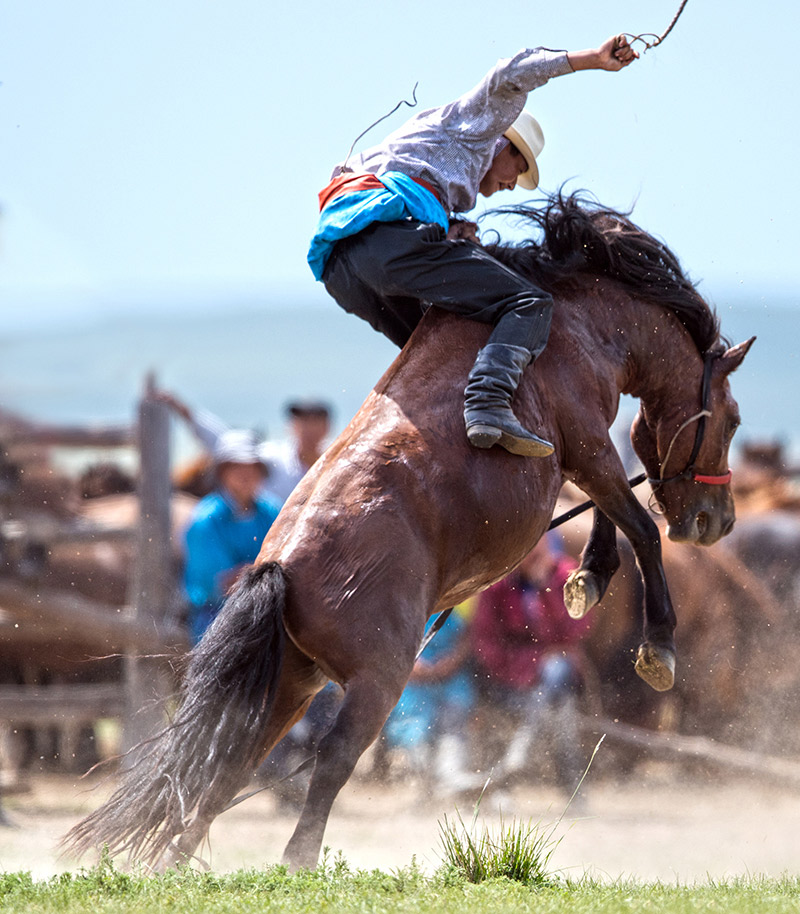
The deep connection of human and horse- horse taming culture of Mongols
Horse riding in Mongolia
If you want to know deeply about local nomads and mingle with them or photograph, small local festivals like this will fulfill your desires. If you are feeling brave, local people may allow you to ride their horses. It is worth watching Mongolian nomads work with their horses and their unique traditions from up close and on location. Mongolia Horse Riding adventure must be on your travel bucket lists and also you can explore different seasonal horse festivals in Mongolia. For example- in summer seasons and especially during Naadam festival time you can discover Mongolian Horse Racing. In winter time, highly recommend you to go Steppe Horse Festival in Eastern part of the country –Homeland of Chinggis Khaan.
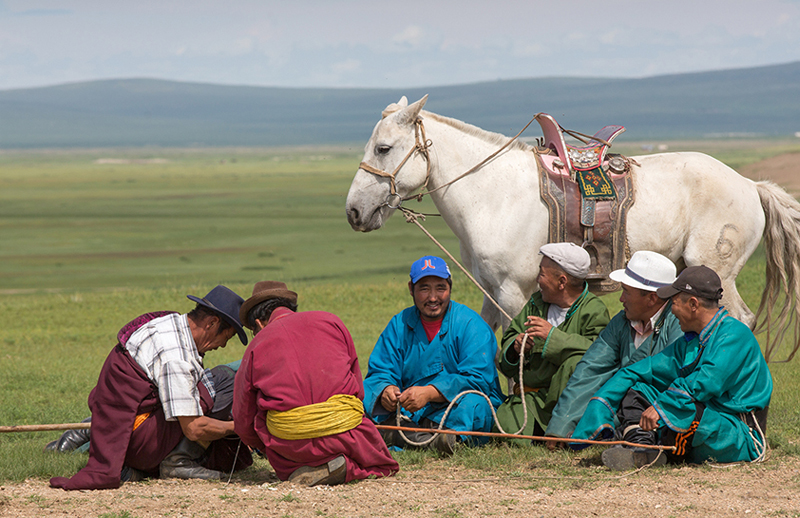
Mongolian nomads have long been considered some of the best horsemen in the world
About Mongol Horses
As a horse lover, photographer and traveler to Mongolia, you may curious about the horse physical things. Mongolian horses have usually large head, short necks, widebodies, long vertical girth, around shaped sacrum, and short legs. In spite of a small body structure called Pony, Mongolian horse has immense stamina, extremely healthy and high endurance in cold weather. The respiratory organs are well-developed especially lungs have 40-50 liter air volume in resting condition.
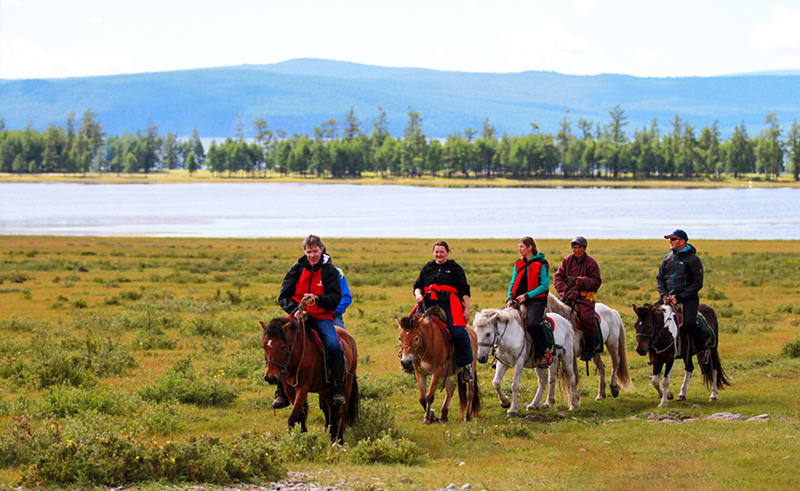
Adult Mongol horse weight ranges between 360-380kg and sometimes reaching up to 400kg if they are well fattened. They can carry around 120-130 kg workload.
Different Breeds within Mongolian Horses
Over the centuries different regions and different climates in Mongolia have shaped four different types within the breed, Forest horse, Steppe horse, Mountain horse & Gobi horse. The Steppe horses in eastern Mongolia are considered the fastest in the country, but they are smaller than others. Desert horses are usually light in colors and mountain horses are usually mid-sized type which has a similar body structure to Siberian Altai Breed. Forest horses are the largest and also heaviest of the four. Mongolian horses’ these stocky physique makes them more energetic, strong and athletic. You will definitely see and witness these differences while in your travel Mongolia.
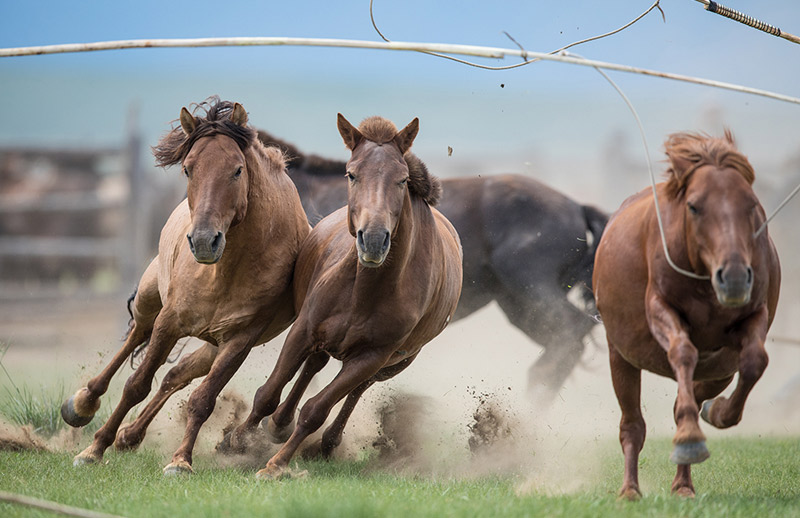
There are countless examples related to horse respect - State Emblem symbol to the simple nomadic lifestyle and also as spiritual power of Nomads
The uniqueness of Mongol Horse
Mongolian horses have a strong instinct to care for and protect their foal, ability to select pleasant pasture, run out of unknown places and use their senses to predict the climate. There are many legends and true stories about Mongol horses escaped from foreign lands and did successfully come back to their homeland.
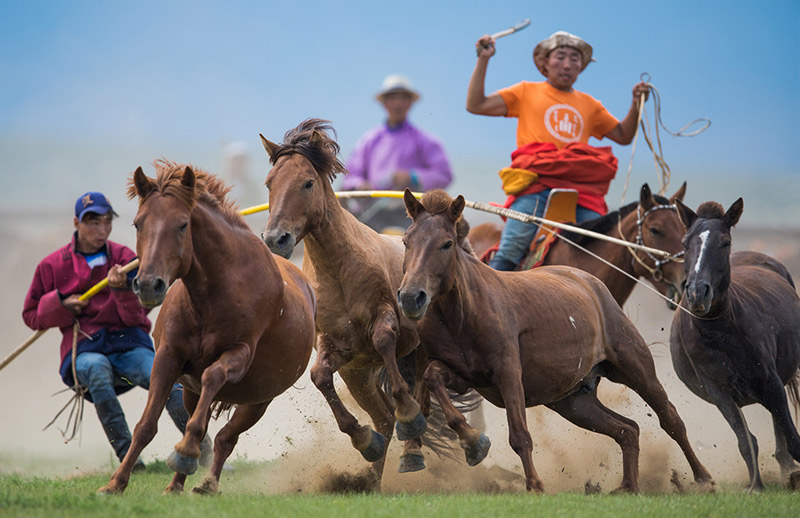
Mongolian horses have an elegant appearance which attracts peoples’ interest and a good companion with their riders no matter what the condition is.
Colors of Mongolian Horses
According to the source, there are 250 different types of horses around the world, however, Mongolian horses have the largest number of horse colors. Main colors of Mongolian horses are about 40 types which can be subdivided into 500-600 colors. Mongolian nomads call and identify their horses by colors using the color of hair, skin, tail, mane, and loop and don’t have a name for their horses. You can hear dozens of different terms to describe colors of Mongolian horses and it is even hard to translate into foreign languages. Almost all horse colors such as roan, brown, white, gray, shun, bay, black, palomino, and many others can be found around Mongolia.
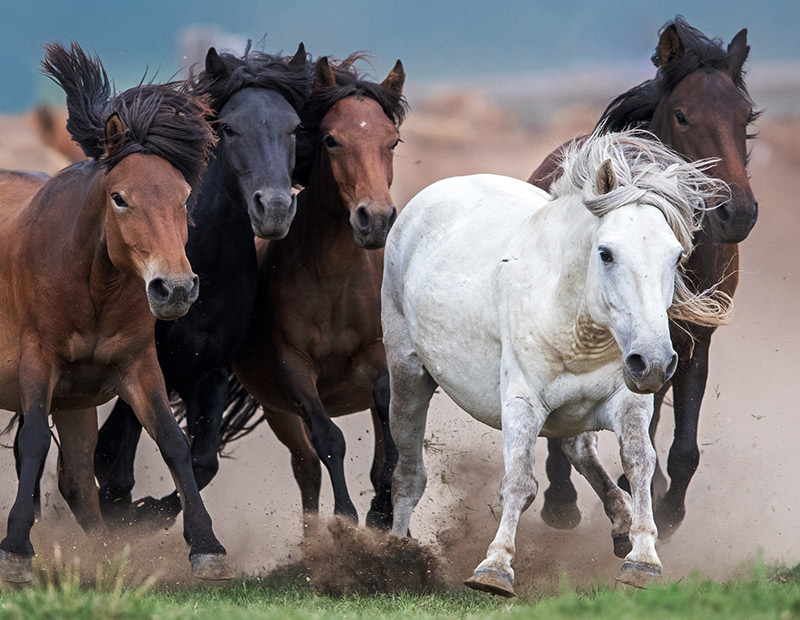
Maybe related with some horse respect and rituals, Mongolians name some sort of colors by totally different. For example, White colored horses are named as brown because, in shamanism, white color is highly respected.
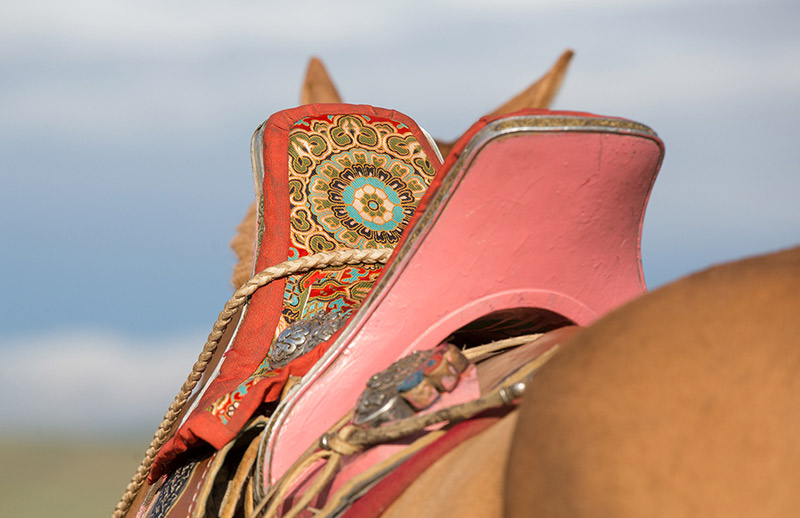
Mongolian Horse Saddle – it is a unique horse culture of all times of Mongols
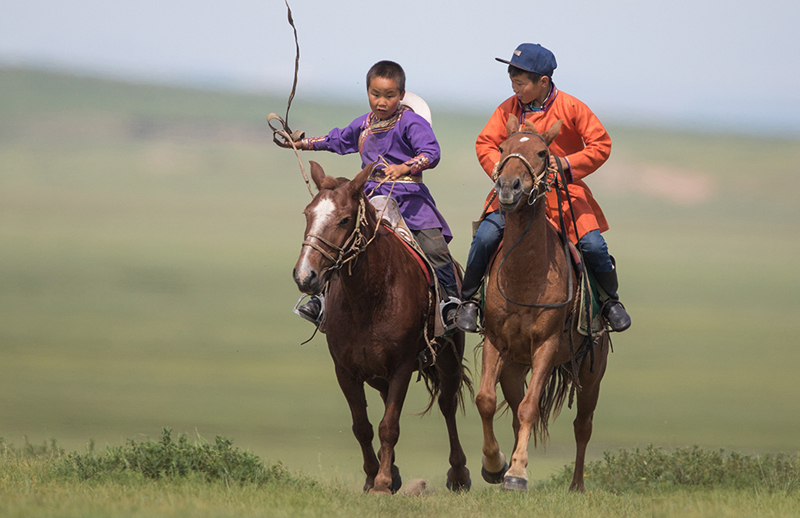
Mongolian children, often from the time they can walk, are trained to ride horses, flying along laughing, loose bridle, bareback with perfect balanced seats. It’s their way of life.
The winners of Orkhon Valley Horse festival
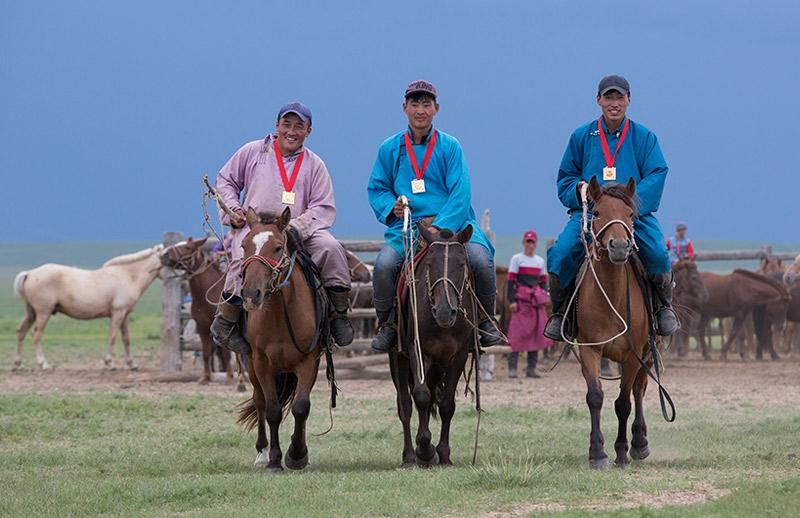
The winner prize went to Bat-erdene, 25 years old horsemen from Tsaidam Bag, the second place for Altangerel, 21 years old from Tsaidam Bag and the third place went to Munkh-erdene, 24 years old from Bayan Bag.
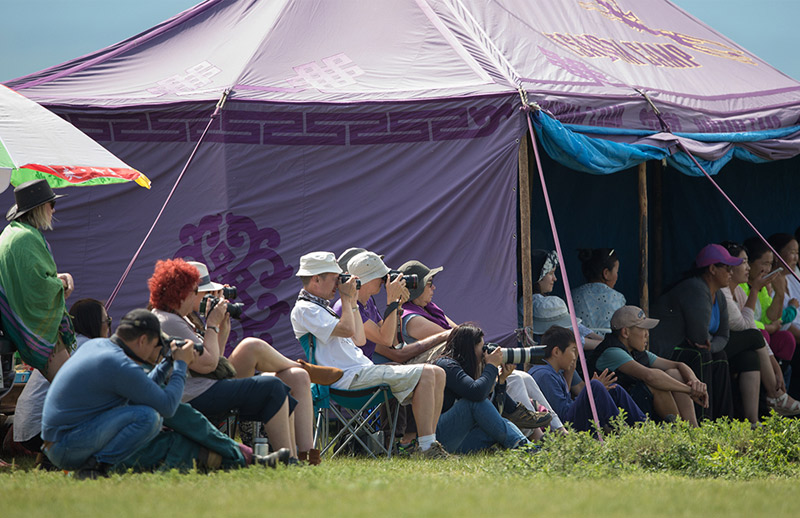
Capturing never forgotten wild and action photography of local festival and Mongolian Horse
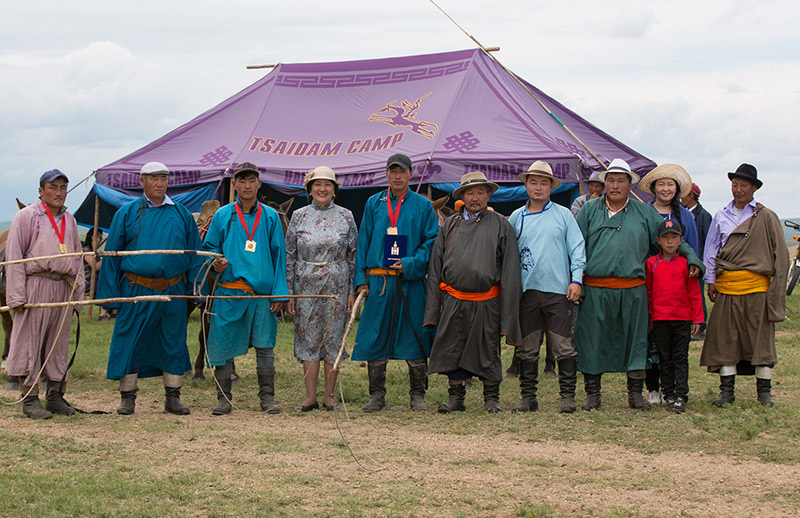
The festival organizers and judge’s team including J.Ganbaatar- director of Tsaidam Camp, Ch.Enkhbayar and Sh.Baatar- herders of Tsaidam Bag, Ts.Lutbat- an employee of the camp, D.Tansagbileg- manager of Chono group had worked well together and selected the winners of the festival.
Top Destinations near Orkhon Valley
After or before your local horse festival in Orkhon Valley, you will have plenty of chances to discover hidden gems wherever you travel around central Mongolia.
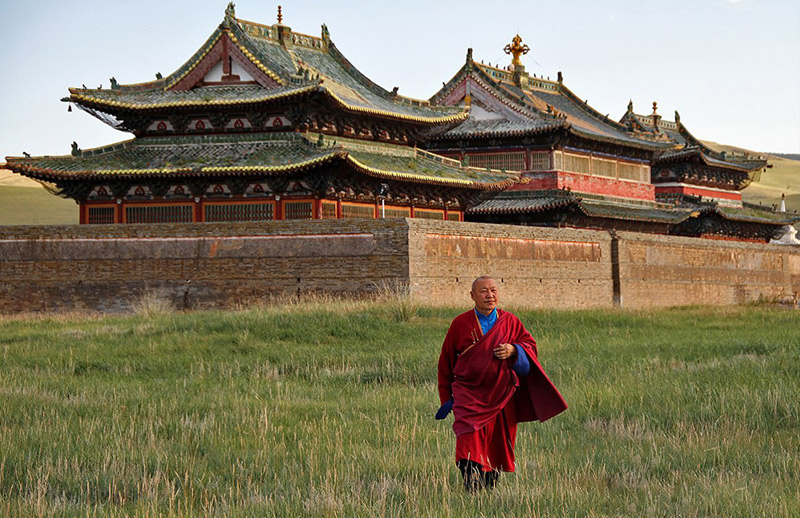
Orkhon Valley Cultural Landscape
One of the most historically and naturally beautiful and also easily accessible, some 300km southwest of Ulaanbaatar, Orkhon Valley is must-see destination lies in the central part of Mongolia. Orkhon Valley was home for centuries to major political, trade, cultural and religious activities of successive Mongol nomadic empires.
Within the cultural landscape you can explore a number of archaeological remains and standing structures, including Turkish memorial sites of the 6th-7th centuries, the 8th9th centuries’ Uighur capital of Khar Balgas as well as the 13th-14th centuries’ ancient Mongol imperial capital of Kharakhorum, Erdene Zuu- the earliest surviving Mongol Buddhist monastery, the Tuvkhun Hermitage and the Shank Western monastery.
Khushuu Tsaidam- Turkish Memorial Site
Within your travel in central Mongolia, you can eyewitness the sacred memorial site dedicated to Bilge Khan of Turkic Empire and his brother Kul Tigin back to 6th-8th century. Iolug Tegun who was Kul Tigin’s grandson, had this memorial built. These 2 steles of Bilge khan and Kul Tigin are located 1 km apart from each other. The monument of Kul Tigin who was famous general of Tureg is situated on right bank of Orkhon River in the valley of Lake Tsaidam 60km north from Kharkhorum in Khashaat soum, Arkhangai province.
Bilge Khan was the latest king of the Turkic empire and his stele well known as Orkhon Inscription, is 3.3 high, 1.3m wide and 68 rows of the inscription. There are about 40 runic steles in Mongolia and about 10 of them are located only in Orkhon Valley. Over 2000 finds were revealed and most important and valuable thing among them was gemstone inlaid golden crown of Bileg khan.
Khar Balgas –Capital of Uighur
On the east bank of Orkhon River 15km northeast from Khotont soum, Arkhangai province, you can discover Uighur's capital ruin which founded in 751. Ordu-Baliq, also known as Kharbalgas which means Black city in Mongolian is also part of the World Heritage site in Orkhon Valley. This site covers 50 square km and contains evidence of the palace, temples, monasteries and trade markets which all prove the capital was a big city.
Karakorum- Ruins of Chinggis Khan’s Capital
The Karakorum is the old capital of Mongolia established by Genghis Khaan. Remnants of this ancient settlement can still be seen in the city. The Karakorum is located in about 360 km from Mongolia’s capital city within the Orkhon Valley.
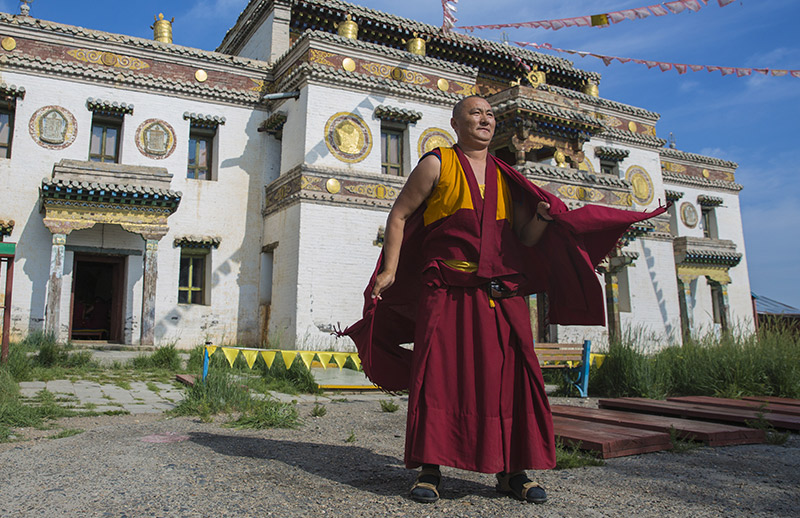
If you want to understand a bit about the history of Karakorum as the ancient capital of the Mongol Empire and you can visit Kharkhorin Museum there. You can see how the capital was in the past through the model inside the museum.
Erdene-Zuu Monastery
The first Buddhist monastery of the country- Erdene-Zuu monastery built on ruins of Ancient capital is probably Karakorum’s biggest attraction with its incredible 108 stupas and rich history.
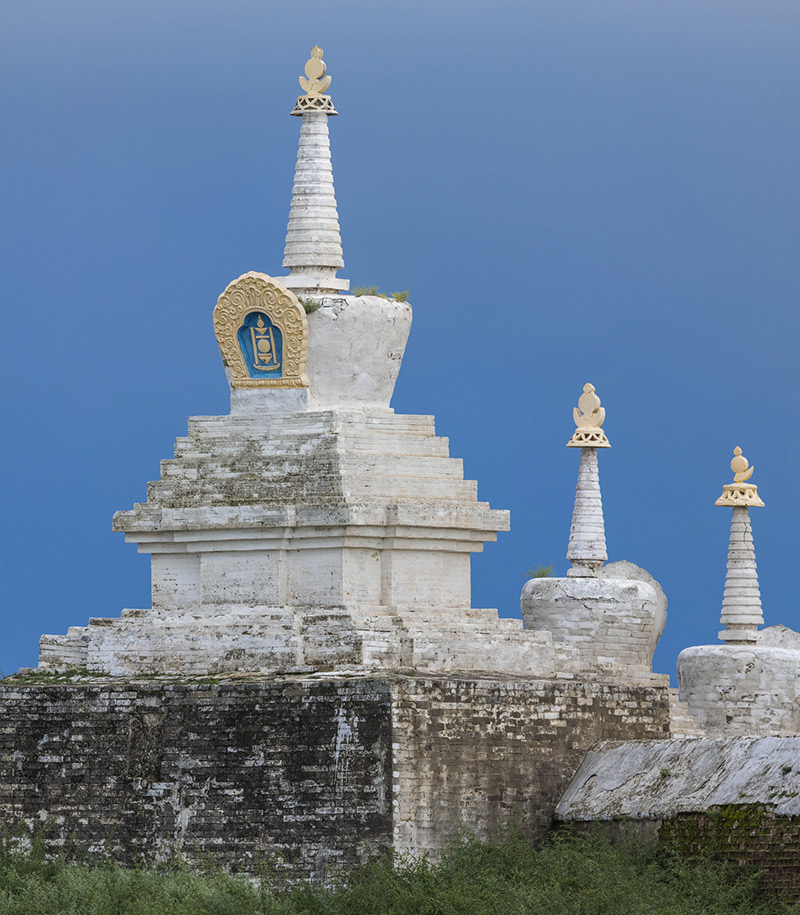
It is the highlight of the city which approximately 2 km north-east from the center of Kharkhorin and, it is part of the Orkhon Valley Cultural Landscape World Heritage Site. Abtai San Khan, the ruler of Khalkh Mongol, ordered the construction of the monastery in 1585. The monastery preserves rich and valuable works of Mongolian craftsmen, sculptors, embroiders, painter of the 17-18th centuries.
Elsen Tasarkhai Sand Dune
Another natural wonder not far from the festival you can travel is Elsen Tasarkhai sand dunes. This natural beauty is not included in Orkhon Valley Cultural site, however, for its nearest location, every visitor to Kharkhorin or Orkhon valley tour must explore this hidden sand dune and a spectacular rocky and woody mountain called Khogno Khan.
It is worth visiting natural wonders like Oasis- the small Gobi in the mountainous area named as Great Mongol Mount which continues 80km long and 5 km wide. All these natural and historical destinations in Central Mongolia make perfect short tours.
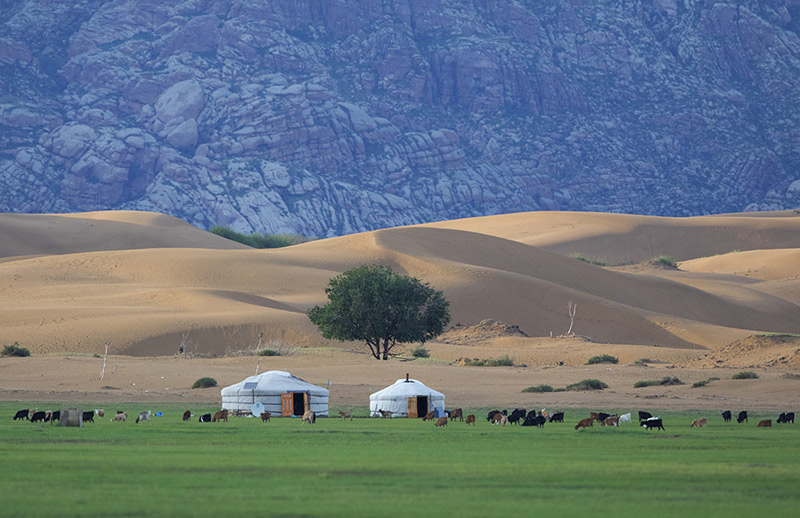
Well-known as Land of Horses, there you have plenty of chances to participate in many horse festivals during your travel in Mongolia. However, all these horse-related and horse- respected festivals and events differ by one another by a particular region, its own specific tradition and unique heritage of the horse cultures. Local Horse festivals will be a good choice for those who want to experience the land of the horse, horse riding and challenging competitions among nomadic herders and capability and beauty of Mongolian horses.
Mongol horses carried the conquering Mongol warriors across half the world. These horses were missiles for this legendary victory in the 13th century. These legends still go on and tradition and use for the horse in Mongolian’s life go on and on.









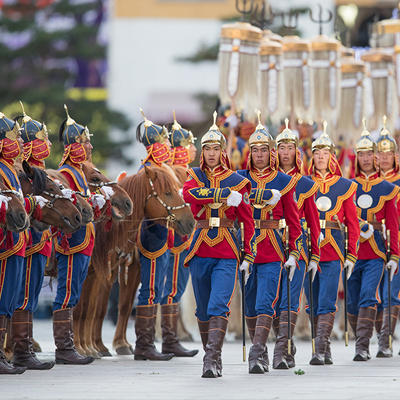
.jpg)









_BLOG.jpg)























